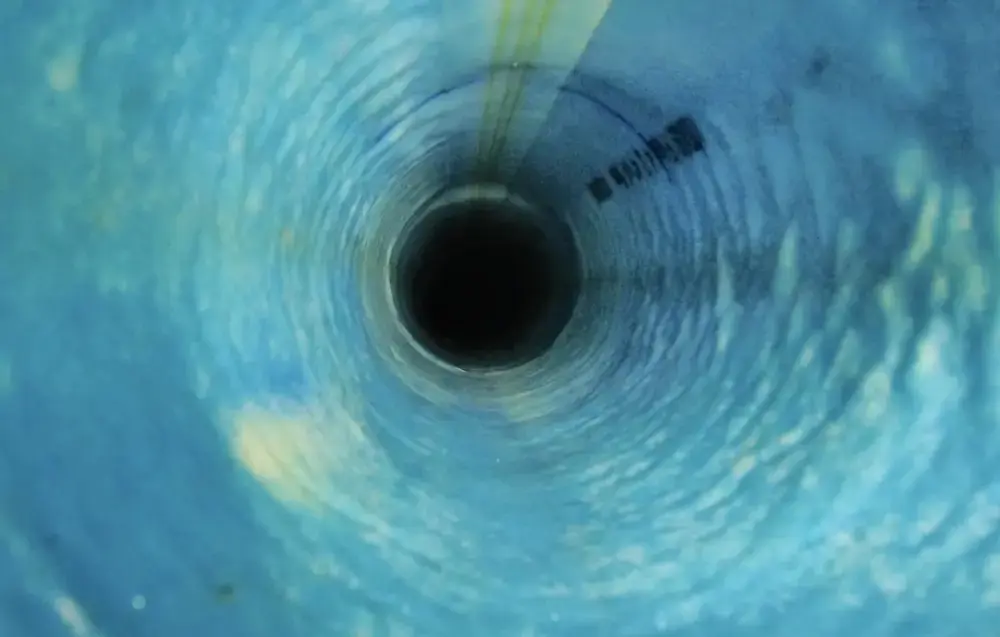When dealing with faulty sewage lines, the prospect of digging up an entire yard might be overwhelming. That is where trenchless sewer line replacement emerges as a game-changing option. Unlike previous approaches, which require intrusive digging and many hours of labor, our strategy is more efficient, cost-effective, and less disruptive. So, how does it all work? The answer is a cured-in-place pipe (CIPP) lining, a modern plumbing marvel famed for its ease of use and longevity.
What Is Trenchless Sewer Line Replacement?
To appreciate the advantages, it is necessary to answer the question, “What is trenchless sewer line replacement?” Simply described, it is a method for repairing subsurface pipelines without the need for substantial excavation. Instead of ripping up yards and sidewalks, sophisticated procedures fix old pipes from the inside. Among these, CIPP technology stands out because of its efficiency and simplicity.
How Does CIPP Lining Work?
A cured-in-place pipe (CIPP) lining is a flexible liner saturated with a specific resin in a damaged pipe. Once positioned, the liner expands and clings to the pipe’s inner walls. Then, it’s cured with hot water, steam, or ultraviolet light until it solidifies into a long-lasting new pipe within the old one. What was the result? A smooth, joint-free liner that restores function and will last for decades.
Key Benefits of CIPP Technology
Minimal Disruption
One of the most notable advantages of CIPP technology is how little it interrupts your property. Traditional pipe replacement may damage driveways, gardens, and even streets. Trenchless sewer line replacement eliminates the need to dig trenches in your yard or harm your landscape. This saves homeowners the effort and expense of post-repair restoration.
Cost-Effective Solution
Digging, rebuilding, and repairing yards may be costly. Cured-in-place pipe (CIPP) lining avoids these costly requirements by utilizing existing pipes as a foundation. It also reduces labor time dramatically, making it more cost-effective. While the initial cost may be comparable to traditional ways, the elimination of yard maintenance and speedier project completion means homeowners save money in the long term.
Long-Lasting Results
A frequently asked question is, “How durable is CIPP technology?” The answer is quite durable. Once hardened, the new lining creates a strong pipe that is resistant to corrosion and tree root penetration. It has a 50-year lifespan, which is equivalent to, if not better than, standard pipe materials. This results in fewer concerns about future maintenance and greater peace of mind.
Environmentally Friendly
Trenchless sewer line replacement is a more environmentally friendly option. The solution avoids heavy gear and reduces digging and waste associated with typical repairs. The original pipe stays below, causing minimal harm to nearby ecosystems. Furthermore, the curing process employs eco-friendly polymers, making it advantageous for both homes and the environment.
When Is CIPP Lining the Right Choice?
While CIPP technology has many benefits, it is not always the ideal choice for every case. It is best suited for pipes with slight to severe damage. If a pipe has entirely collapsed or is severely misaligned, more thorough remedies may be required. However, in most situations where pipes are aging or decaying, a cured-in-place pipe (CIPP) lining is an ideal solution.
Steps to a Successful Trenchless Sewer Line Replacement
Initial Inspection: Professionals utilize high-resolution cameras to inspect the pipe’s interior, identifying damage and determining its condition. This visual inspection guarantees an accurate design for trenchless sewer line repair and decides whether CIPP technology is the best option.
Cleaning the Pipe: High-pressure water jets or mechanical tools remove trash and accumulation, leaving a smooth, clean surface. This step is required for the resin-coated liner to fully adhere and provide a smooth, long-lasting repair.
Inserting the liner: The resin-coated liner is fed through the damaged pipe and precisely placed. It is critical to thoroughly cover damaged parts in order to build a strong structure when cured, assuring dependable cured-in-place pipe (CIPP) lining.
Inserting the Liner: The resin-coated liner is fed through the damaged pipe and positioned precisely. It is essential to cover damaged sections completely to form a solid structure when cured, ensuring reliable cured-in-place pipe (CIPP) lining.
Curing the Liners: Heat or UV light activates the resin, solidifying the liner and creating a long-lasting new pipe within the old one. This results in a seamless, joint-free construction, which increases the pipe’s strength and endurance.
Final Inspection: The freshly lined pipe is thoroughly inspected to ensure the repair’s quality. This guarantees that the CIPP technology installation was
Concluding Benefits Of CIPP For Trenchless Sewer Line Replacement
Choosing trenchless sewer line replacement with CIPP technology has several advantages, including minimum property damage, cost savings, durability, and an ecologically friendly solution. The days of digging up entire parts of your yard merely to fix a pipe are done. This strategy saves time, money, and frustration, making it an excellent choice for any homeowner dealing with old or damaged pipes.
If you have sewage line difficulties, try CIPP lining, which is a less intrusive and more effective solution. Rooter-Man specializes in trenchless sewer line replacement and will assist you in understanding your alternatives.


